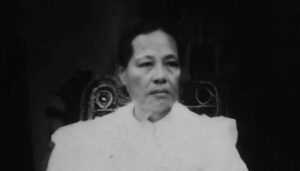
Bartola Garrido
CHamoru educator in Micronesia. Few CHamorus of Guam’s Spanish Era (1668-1898) are mentioned by name in the annals of Pacific history. However, there is one

CHamoru educator in Micronesia. Few CHamorus of Guam’s Spanish Era (1668-1898) are mentioned by name in the annals of Pacific history. However, there is one

Educator and advocate. Rosa Teresita Perez Salas (1926-1998) was an educator and vocal advocate for the physically and intellectually disabled, as well as the elderly.
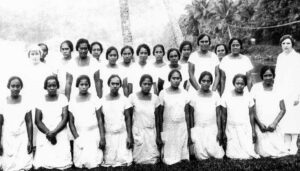
Maria Anderson Roberto, born in 1880, was a CHamoru woman who had been employed as a chaperone for the Native Nurses program in Guam from
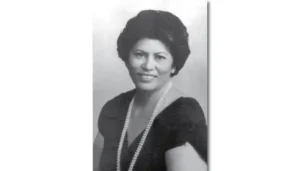
Cecilia Cruz Bamba (1934 – 1986) was a community organizer, senator, businesswoman and mother of 10 whose legacy is manifested in her involvement in numerous

Mariana Leon Guerrero Lujan (1914 – 2006) was one of a cadre of dedicated educators who began teaching during the US Naval Era (1898-1941). Before
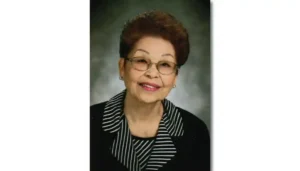
Rosa Roberto Carter (1929-2010) was a highly accomplished educator whose professional career spanned from kindergarten teacher to University president. She is the only woman to
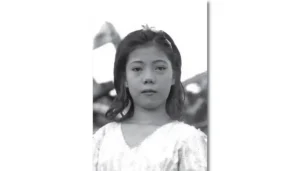
Beatrice Peredo Flores Emsley (1929-1995) is best remembered as a survivor of the Japanese Occupation on Guam during World War II, and subsequently, as the

Traditional weaver. Although weaving was once a practice in which nearly all CHamorus participated, a select few have been singled out over the past few
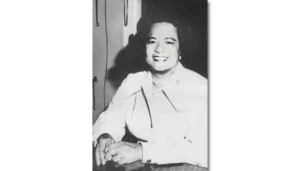
Concepcion Cruz Barrett (1915-1993), known as “Chong,” was the Chalan Pago-Ordot representative to the Guam Congress before the Organic Act of Guam was adopted by

Cynthia Johnston Torres (1911-2001) of Nimitz Hill was born July 1911 in Hagåtña, Guam. She was the daughter of two of the island’s most prominent